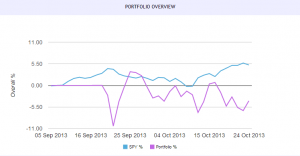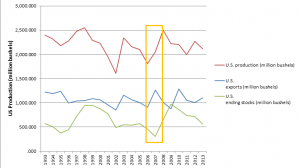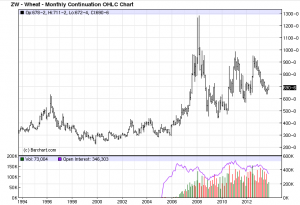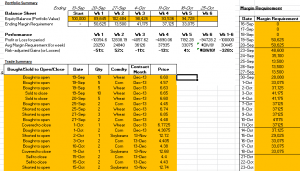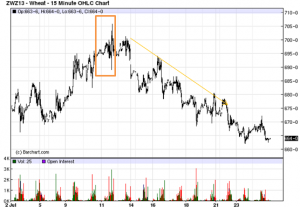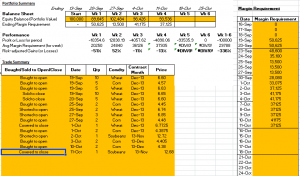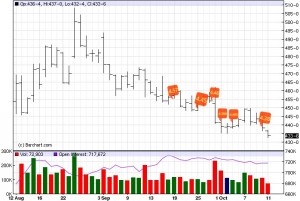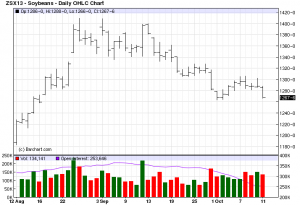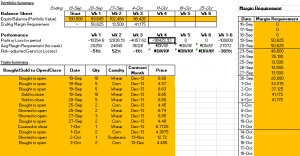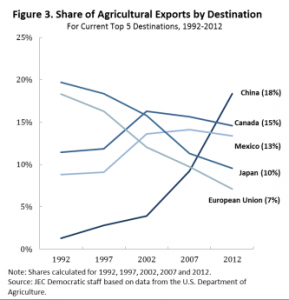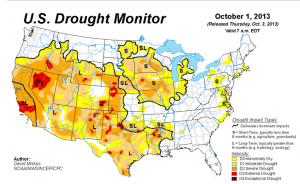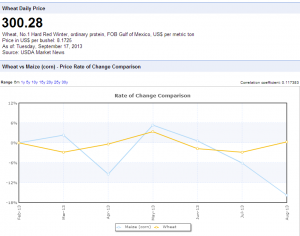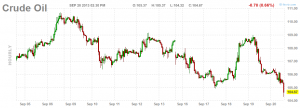British Columbia is imposing the highest carbon tax ($30 per tonne of CO2e on July 1, 2012) not only within Canada but also among the world. The carbon tax was implemented on July 1, 2008, with tax rates for each fuel equal to $10 per tonne of carbon dioxide equivalent (CO2e) emissions.1 When the policy was first launched, it was doubted in terms of its potential negative impact on economy and its efficiency in reducing the Green House Gas (GHG). Intuitively, the high carbon tax would leave no benefit to those directly affected including both the individual and the related industry (e.g. fuel, diesel, mining). At the meantime, it might also lower the competitiveness of local firms in face with the global trade market. But what really arose the public’s controversy is about the efficiency of the policy.
Here are some points regarding the carbon tax that are worthwhile to be mentioned. Firstly, most of the industries that release carbon dioxide during operation can’t be off the hook. B.C.’s carbon tax applies to 70 per cent of total greenhouse gas emissions. Of the remaining 30 per cent, about 14 per cent are associated with emissions produced by agriculture and decaying garbage in landfills. Another 16 per cent are associated with industrial emissions that do not come from burning fossil fuels.2 Most of the tax payers have strong incentive for seeking maximum profits, which in turns results in higher costs or even lower production for the industry. They tend to respond with behaviors such as lowering daily production in order to reduce the emissions, introducing innovative technology that enables them to maintain the production without burdening them with high costs, or switching to green energy rather than GHG. However, all the abatement behaviors done by the firms who release CO2 are based on the assumption that the tax level set by the government must exceed their abatement costs. Only under this premise will the business owners have incentives to take actions to lower emission level. Therefore, it’s essential for the government to come up a reasonable and effective tax rate to guarantee that majority of the industries will restricted by the carbon tax policy rather than keep emitting because of the gap between their abatement cost and tax rate.
With no doubt, the dramatic increase of the fuel and diesel price will influence household’s daily life. For the whole society, people tend to take their daily emissions into consideration. However, there are still some sectors that are excluded by carbon tax, such as landfill emissions and industrial process emissions: emission leakages from gas pipelines, venting of emissions during oil and gas production, and emissions associated with the production of some metals such as aluminum. The B.C. government has chosen to exclude these sources of emissions at this time, indicating that they will be subject to regulations that cap industrial emissions and reduce them over time (called a cap-and-trade system). 3 The latest exemption set by the BC Government, effective January 1, 2014, is for colored gasoline and colored diesel fuel purchased by farmers for the same farm purposes that farmers are authorized to use colored fuel under the Motor Fuel Tax Act. Furthermore, BC government provides some tax relief for some special sector such as agri-food and agriculture sector giving their indispensable position in British Columbia. For instance, the greenhouse growers have been offered some discount since 2013 and this relief will continue in the next few years. The grant will be set at 80 per cent of the carbon tax paid on natural gas and propane used for heating and carbon dioxide production.4 The strict regulation in defining the group of people who are required to pay for the carbon tax rendered the outstanding effect of reduction in CO2. According to the GHG emissions data from Environment Canada, the GHG emissions within BC decreased by 1.5%, 6.7%, 1.1%, 2.4% respectively from 2008 to 2011. The total per cent of reduction during the four years were added up to -10%, comparing with that in the rest of Canada -1.1%. (The calculation has excluded aviation, fugitive emissions, and electricity & heat generation GHG emissions.) It can’t be denied that the carbon tax has made BC one of the greenest provinces in the world.
Second, the “revenue neutral” principle reduces pressure from high carbon tax payment. The government sticks to the principle that all of the carbon tax revenue will not be used for any funding programs, instead, all of the tax revenue will be used to reduce corporate and personal income tax rates. Additionally, it compensates people with low income in the form of low-income tax and provides northern and rural BC homeowners with a rebate up to $200.5 What should be noticed is that British Columbia has the lowest income tax rate within Canada, which alleviates the monetary pressure of the households, especially the poor, but the high tax rate will still leave inevitable influence on them. The lifted living expense rendered from extra fuel expense may lead to the proportionately reduced budget on food expense. Obviously, there exists diminishing marginal effect in that the increased cost of fuel may leave relatively small impact on the rich compared with the poor. As one’s income increase, he or she will have more strong capacity to pay for goods with high price, the high tax rate may not be a strong trigger for them to abate their fuel usage. While for the poor, their budget for each category of living expense is limited. If cost of fuel expense has to be lifted, cost of other expense such as entertainment, food and education will has to be cut to compensate the gap. Thus, they will have stronger incentives to cut down their fuel usage to control their fuel expense within an affordable range. Even if the government put certain programs targeted at the low-income group, the effect on the poor will still be different between people with various levels of income.
Reference:
1 BC’S CARBON TAX SHIFT AFTER FIVE YEARS: RESULTSAn Environmental (and Economic) Success Story, STEWART ELGIE and JESSIC A MCCLAY
2 The B.C. Carbon Tax: Myths and Realities
3 Carbon Tax Review http://www.fin.gov.bc.ca/tbs/tp/climate/carbon_tax.htm
4 Frequently Asked Questions about the B.C. Carbon Tax, David Suzuki Foundation

